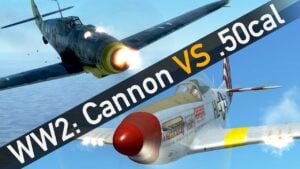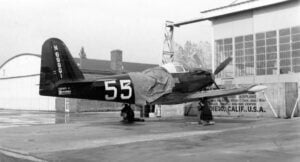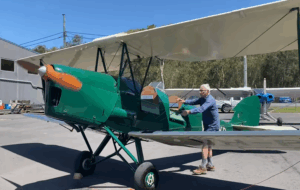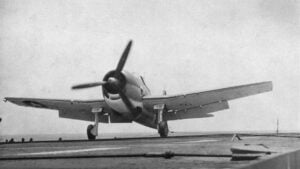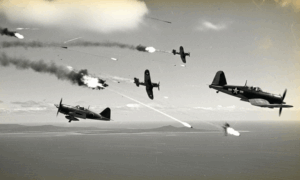5 Memorable Missions of the B-24 Liberator
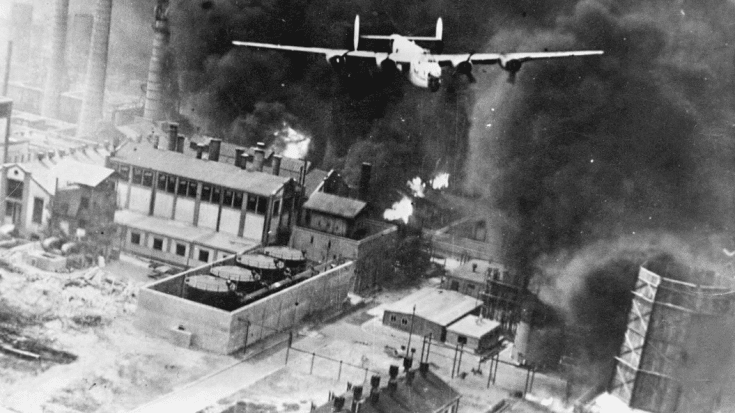
RapidHistory / YouTube
The B-24 Liberator, a World War II heavy bomber, played a significant role on various fronts due to its impressive long-range capabilities and significant payload capacity. Here, we explore five key missions that highlight the aircraft’s critical contribution to the Allied efforts during the war.
Operation Tidal Wave – August 1, 1943
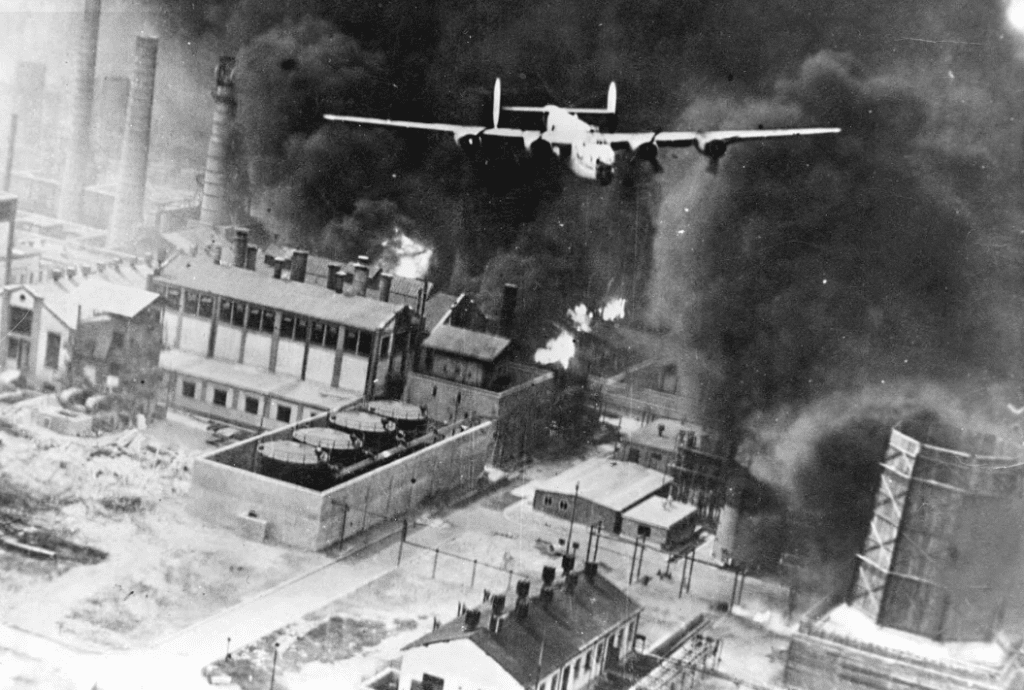
One of the riskiest missions involving the B-24 Liberators was Operation Tidal Wave. The mission aimed to hit the oil refineries in Ploesti, Romania. These refineries were a major resource for the German war efforts, providing a substantial amount of their oil. During this operation, a striking force of 177 B-24s flew at low altitude to avoid radar detection but faced intense anti-aircraft fire. Tragically, the mission led to the loss of 53 aircraft, and over 500 crew members were either killed, captured, or went missing. Despite the severe losses, the attack inflicted critical damage on the refineries, significantly disrupting the Germans’ oil supplies.
Kandahar Mission – November 8, 1943
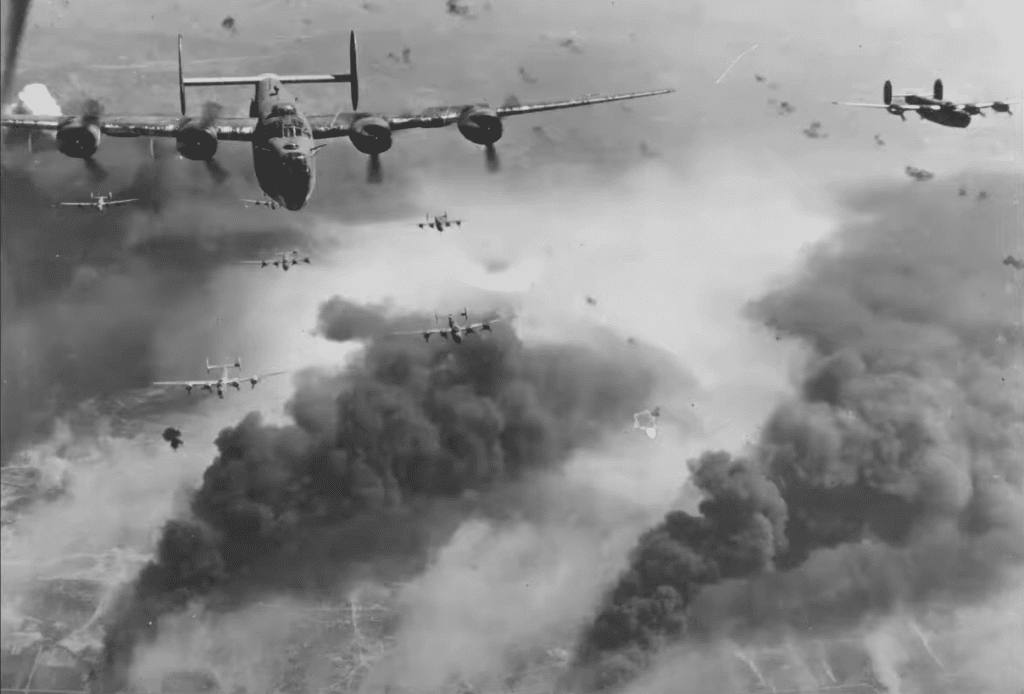
Later in the same year, a group of B-24 Liberators undertook a vital mission over Kandahar. They targeted the supply lines that were crucial for the German and their allies, aiming to cut off resources and disrupt their logistical operations. The mission showcased the B-24’s capacity to perform long-range attacks, penetrating deep into enemy territory to strike key targets effectively. This mission not only demonstrated the strategic use of air power but also underscored the B-24’s role in hampering the enemy’s supply networks, which was essential for the Allied strategy.
Bombing Mission Over Burma – March 2, 1944
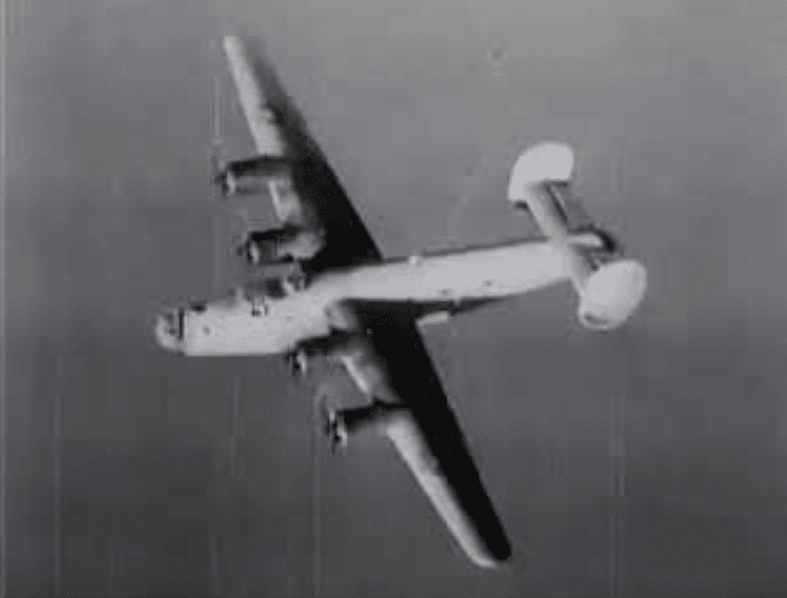
In the China-Burma-India Theater, B-24 Liberators were heavily involved in operations against Japanese forces. One significant assault took place on March 2, 1944, when these bombers targeted Japanese communication and supply lines in Burma. This operation was crucial in supporting Allied ground forces and was pivotal in weakening the Japanese hold on the region. By disrupting these lines, the B-24s helped cut off essential supplies and reinforcements to the Japanese, aiding in the broader strategy of the Allied forces in Asia.
Mission to Wilhelmshaven – June 19, 1944
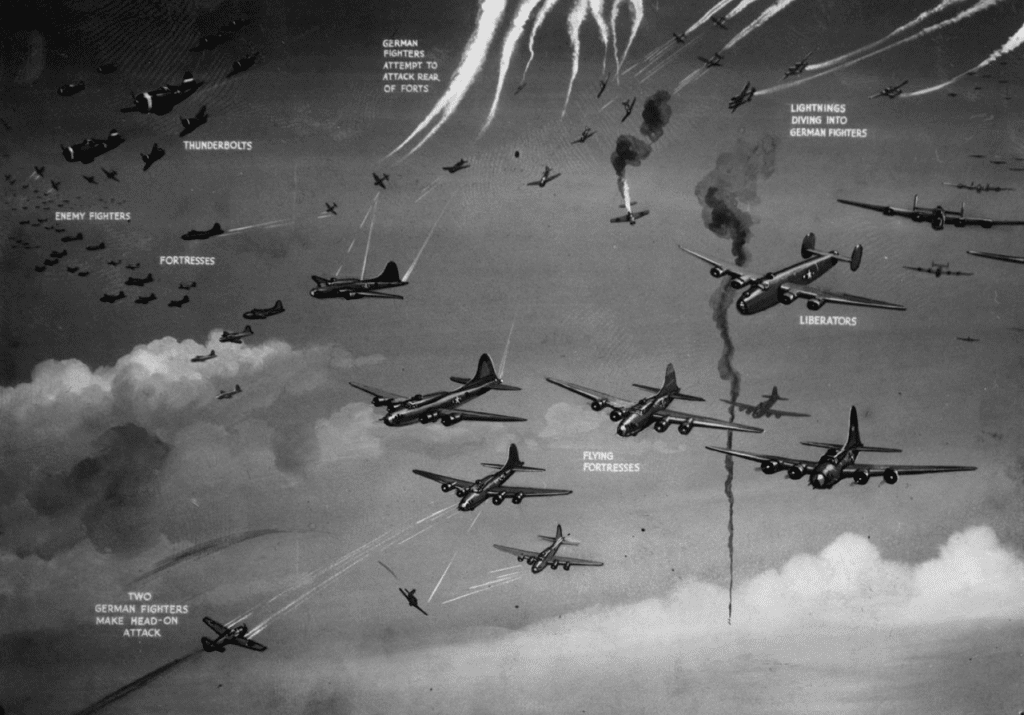
Mid-1944 saw the B-24 Liberators taking part in a major bombing campaign over Germany, focusing on crippling the industrial capabilities of the German war effort. A significant target was the port city of Wilhelmshaven, which housed important naval facilities. On June 19, B-24s successfully bombed these installations, dealing a heavy blow to the German Navy’s operational abilities in the North Sea. This mission was part of a larger Allied effort to weaken Germany’s industrial base, essential for prolonging their military operations.
Operation Market Garden – September 1944
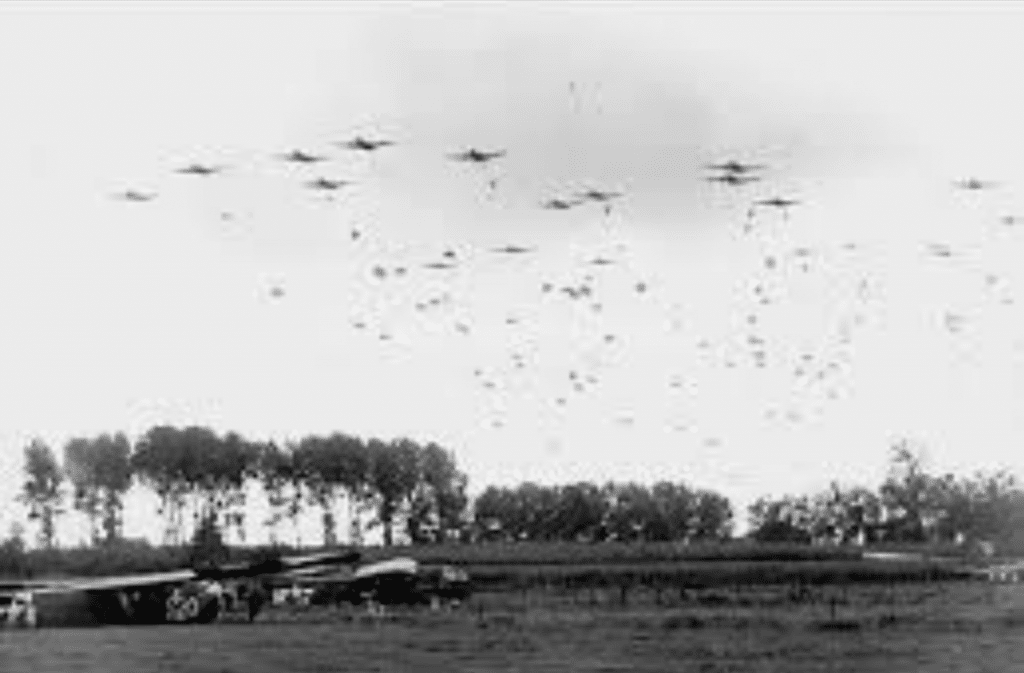
During the ambitious Operation Market Garden in September 1944, B-24 Liberators were once again called into action. Their role was to provide crucial supply drops and close air support to Allied paratroopers who were working to secure several bridges across the Rhine in the Netherlands. This operation was aimed at establishing a foothold from which the Allies could enter into Germany. While the operation met with mixed results, the involvement of the B-24s was crucial. They delivered necessary supplies and reinforcements to troops engaged in fierce battles, underlining the importance of air support in ground operations.















